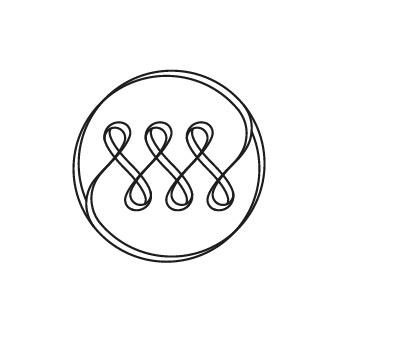Humans shared stories to socialize, associate, and collaborate. The collaboration for common objectives developed in the creation of communities, rituals, and, eventually, nations. From these narratives, forms of segregation arose, one of the biggest stories that segmented human civilization is the creation of religions (Rifkin, 2016). Until today, the dogmas of faith remain one of the main ways of grouping between strangers. Nevertheless, the world is hyper-connected through different systemic, technological, and socio-economic factors. Humanity has finally become one civilization.
Storytelling plays a significant role in the transformation of truth and the future (Heath, 2007). Imagination and creativity communicate narratives materialized through objects, emotions, and, most recently, platforms. Objects (Industry) remain one of the leading facilitators in design for story development, which arouse emotion. The latter demonstrates that platforms (Knowledge) are the primary influencers in social conviviality in today's reality. Developing digital products is faster, and their impact is measured quantitatively for growth. Designers, by default, are considered storytellers in multiple paradigms for development. The responsibility that falls on design is substantial, as Harari (2018) suggests, when proposals truly work, anyone can adapt to them and change. Design positively influences human behavior, shaping cultures, and values. Ultimately, promoting new ways to define value itself.
The new scope on how value is appreciated expands the frontiers and opportunities for designers. Design has evolved from being a tool to develop only aesthetics and functionality. The extrapolation of trends creates different possibilities and defies the status quo. The future is not written, but it can be transformed. Speculative design is powered by "what if?" questions. Speculating on the future and developing scenarios through design, is inherent. In today's conditions, the outputs from these questions can be decisive. Hence, design requires the integration of new theory, constant analysis, and various constraints to shape new realities (Dunne & Raby, 2013).
The concept of creativity being born through constraint is powerful. Contemporary designers are constantly being challenged by limitations, which extends their ability to problem-solving and, crucially, think critically. Critical design mostly concentrates on product design by questioning the emotional and psychological experiences that come from everyday objects. Mainly focusing on its commercial value or product features to satisfy consumers. The market is indecisive and therefore manipulated, tamed, and blinded. False status is contrived by marketing campaigns pushing consumers to forget the true and underlying cost of industrialized objects. Critical design must propose serious questions around the ontological definition of products in general. It should ignite a discussion concluding in defining value at a personal and collective level.
The formulation of value is continuously shifting. Designers need to consider its meaning and impact on sustainable economic models, ecology, and, foremost, mental wealth in society (den Ouden, 2012). Speculation mixed with critical thinking can also generate innovation. Still, it is essential to elaborate more on design ethics to achieve thoughtful proposals. The following Value Framework (Figure 8) is a first-hand approach to understanding the different levels of axiology the world requires to develop commonality and universality.
Fig. 8. Elke den Ouden’s (2012) Value Framework for Design Innovation.
References:
· den Ouden, E. (2012). Innovation Design (1st Edition. ed.).
· Dunne, A., & Raby, F. (2013). Speculative everything : design, fiction, and social dreaming. Cambridge, Massachusetts: The MIT Press.
· Heath, C. (2007). Made to stick : why some ideas survive and others die (1st ed.. ed.). New York: Random House.
· Rifkin, J. (2016). The empathic civilization: the race to global consciousness in a world in crisis. Polity.
· den Ouden, E. (2012). Innovation Design (1st Edition. ed.).
· Dunne, A., & Raby, F. (2013). Speculative everything : design, fiction, and social dreaming. Cambridge, Massachusetts: The MIT Press.
· Heath, C. (2007). Made to stick : why some ideas survive and others die (1st ed.. ed.). New York: Random House.
· Rifkin, J. (2016). The empathic civilization: the race to global consciousness in a world in crisis. Polity.
